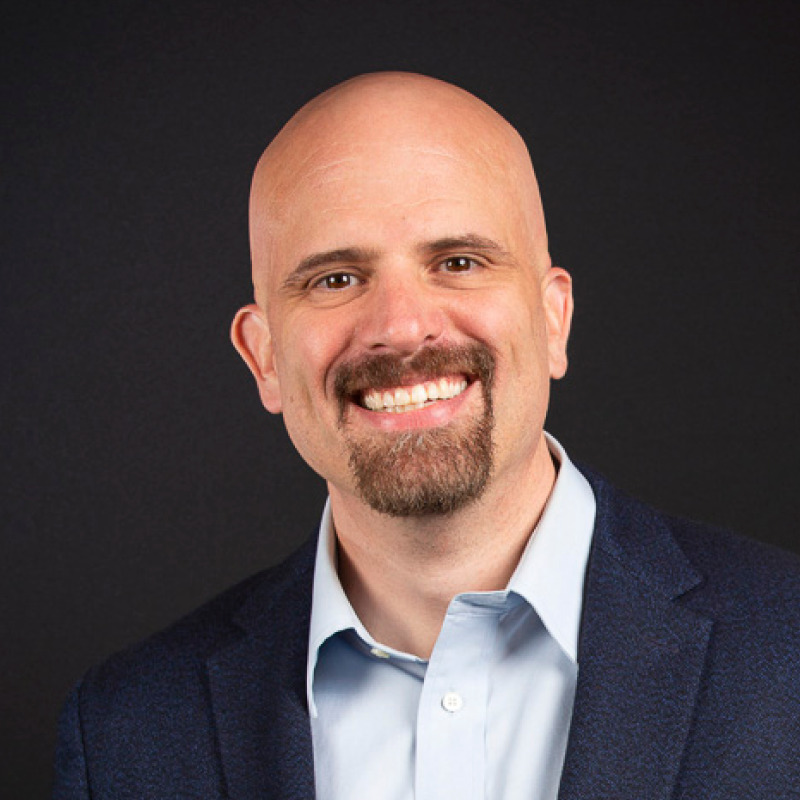
Amazon on Friday launched its first two prototype satellites for its planned Project Kuiper internet-satellite network. It was the latest milestone in the rapid evolution of the low-Earth-orbit (LEO) satellite industry, with companies like SpaceX and OneWeb joining Project Kuiper in launching thousands of satellites to provide broadband internet access globally.
As this nascent industry takes shape, it is important that U.S. policymakers understand its competitive dynamics. With the number of LEO satellites set to increase in the coming years, establishing a regulatory framework that spurs innovation and investment while fostering a competitive marketplace will be essential to ensure the industry’s growth benefits consumers. In this post, we will examine some of the most urgent public-policy issues that directly impact competitiveness in the LEO industry.
Encouraging competition in the non-geostationary orbit (NGSO) sector is particularly challenging because of the high capital costs and long deployment times needed to launch a viable constellation. The nature of the technology and the industry suggest there will likely be relatively few firms capable of entering that market. Thus, we should remove, to the degree possible, any nonproductive impediments that exist in current regulations.
A key priority in this respect will be getting the spectrum-sharing regime correct—first in the United States, and then globally. Previously, in all cases where two satellite systems utilized the same frequency band and had not coordinated to avoid harmful interference (specifically, more than a 6% increase in system noise), Federal Communications Commission (FCC) rules required that the systems split the available spectrum between them. This band splitting created an incentive for operators to coordinate, since dividing the band is equally disruptive for both operators.
While this approach continues to apply to systems approved in the same processing round (for example, Starlink and OneWeb in the downlink 10.7-12.7 GHz band), under new NGSO spectrum-sharing rules that the FCC adopted in April, operators approved in an earlier round have priority over later-approved systems. There is still a requirement for good-faith coordination among systems, but failures to coordinate put the later-approved constellations at a disadvantage, as they cannot impose interference on earlier-approved systems. The primary rationale is that an NGSO operator that made enormous investments to deploy early should have an opportunity to recoup its investment.
To deal with the competitive advantage this creates, the FCC adopted a sunset provision that gives incumbents approved in an earlier processing round 10 years of priority status with respect to interference protection. During this period, the expectation is that the incumbents and later entrants will reach agreements under the requirement to engage in good-faith coordination. But since the FCC declined to require sharing of specific information that could facilitate coordination—leaving it initially to the parties—there is room for anti-competitive behavior, despite the “good faith” requirement.
A crucial and related issue is how to measure the degree of interference considered harmful, and which would therefore require a later-approved system to change its operations. In its April order, the FCC decided to abandon the International Telecommunication Union’s (ITU) traditional static proxy for excessive interference—the “interference over noise” or I/N metric—and instead chose the degraded-throughput methodology proposed by Amazon’s Project Kuiper, which was also supported by consumer advocates (New America and Public Knowledge among them).
Degraded throughput is consistent with the FCC’s recent trend of relying on measures of “actual and harmful interference.” The issue pending in the FCC’s further notice of proposed rulemaking (FNPRM) is to determine what level of degraded throughput ought to be the threshold for harmful interference; the FCC asks if Kuiper’s proposed 3% level of actual degradation is appropriate.
Looking further ahead, another option proposed by some parties is for the industry to develop some type of automated frequency coordination (AFC) system, similar to what the FCC has certified to allow more intensive band-sharing by terrestrial users—most recently by Wi-Fi across the 6 GHz band. This would likely require operators to share very basic information, such as the location of gateway Earth stations and satellite-selection algorithms that would ease coordination,
Another obstacle to NGSO market entry and coordination are delays in processing applications and modifications. In August, the FCC adopted an order intended to streamline and expedite the application process. It also adopted a FNPRM in September that would allow minor modifications to constellations without prior authorization, as well reduce market-access delays for non-U.S. operators and grant special temporary authority (or STAs) under certain circumstances. This proceeding has also come under pressure from the U.S. House Energy and Commerce Committee, as it considers legislation that would set deadlines and make other changes.
Finally, there are international aspects to these issues that affect market entry and competition. For example, a year ago, the FCC shortened the time frame for operators to deorbit LEO satellites from 25 years to five years. But these U.S. requirements for deorbiting and so-called “space debris” apply only to U.S.-based NGSOs, not to foreign-based operators that receive market access. This means that, e.g., they apply to Starlink, but not to OneWeb. While U.S. rules may be good policy that the world will ultimately follow, we should identify those areas where they undermine a “level playing field.”





